Brosimum Alicastrum
Brosimum alicastrum is primarily a tropical tree that belongs to the Moraceae family. The fruit of this tree is popularly known as Maya nut. This tree is one of the largest in its natural habitat.
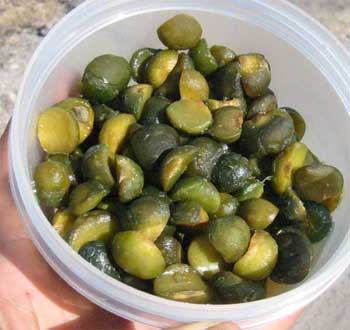
Brosimum Alicastrum
Table Of Content
Each year, a single tree produces around 150 – 180kgs of fruits and remains productive for around 120 – 150 years.
Generally a tree tends to bear fruit in their 8th year, but recently a variety has been discovered that bears fruit in its 4th year.
Brosimum alicastrum Other Names
There are many other names of Maya Nut, these are:
- Ramon nut (especially in Spanish speaking regions)
- Breadnut
- Ash
- Ojoche
- Ox
- Ojite
- Ujuxte
- Capomo
- Ojushte
- Pisba waihka
- Masica
Brosimum alicastrum Sub-species
There are two subspecies of this tree:
- Brosimum alicastrum ssp. Alicastrum.
- Brosimum alicastrum ssp. Bolivarense.
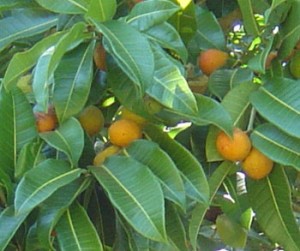 Picture 1 – Brosimum alicastrum
Picture 1 – Brosimum alicastrum
Source – tradewindsfruit.com
Brosimum alicastrum Range
Brosimum alicastrum is native to the South American and Central American countries. It is found in countries like,
- Dominican Republic
- Belize
- Cuba
- El Salvador
- Puerto Rico
- Nicaragua
- Mexico
It is also found in Caribbean Islands and Amazon rainforests.
In Florida (US), Brosimum alicastrum trees are found in Monroe Keys, Miami Date country and Key West.
Brosimum alicastrum Habitat
This tree grows in dense humid lowland tropical forests, where the average temperature is around 25 degree centigrade and the average rainfall is around 1800mm. Though this tree is native to moist rainforests, yet it can tolerate drought and marginal soil. Therefore, it is used for reforestation in many degraded sites. The seeds of this tree grow naturally in rainforest soils.
Brosimum alicastrum Description
This tree grows up to 30 – 45 m tall. The diameter of the trunk is around 1 – 1.5 m. A white colored sticky latex is found inside the thin bark. The leaves with pointed stipules are 3 – 8 cm wide and 5 – 15 cm long.
Brosimum alicastrum Fruits
The fruits (i.e. the seeds) fall off the tree in March and April. They are orange in color and smells like citrus. It is one of the favorite nuts of the forest creatures, especially birds.
Brosimum alicastrum History
This tree is known to have been planted by the Mayans around 2000 years ago. It was the main staple food of their diet.
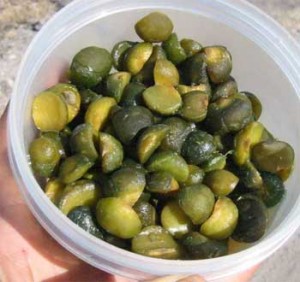 Picture 2 – Brosimum alicastrum Picture
Picture 2 – Brosimum alicastrum Picture
Source – backyardnature.net
Brosimum alicastrum Propagation
Brosimum alicastrum can be grown from the seeds. After around 30 days from sowing, germination rate of 70% can be expected.
If you are growing the tree for wood, there is no need to prune the branches. But if you are growing the tree for forage, then you must prune the branches when the saplings reach around 3m – 4m in height.
Maya Nut Nutritional Facts
The seed of Brosimum alicastrum, i.e. Maya nut, is full of nutrients including antioxidants. One can compare this seed to quinoa, soy and amaranth. It consists of Vitamin A, Vitamin B. Vitamin C and Vitamin E. It is also high in calcium, potassium, fiber, protein, iron, zinc and frolic acid.
Brosimum alicastrum Edible Uses
The seeds can be eaten boiled, roasted or raw. If stewed, the nuts taste like mashed potato. The roasted seeds that taste like coffee or chocolate are used in drinks and many other dishes. The boiled seeds are used to make soups, puree, burgers, tortillas etc.
Other Uses
Apart from its culinary and medicinal usages, parts of this tree is used in a variety of ways, such as-
Food for Livestock
This tree provides forage for cattle and live-stocks during the dry season. The abundant seeds are eaten by pigs.
Usage of Timber
The wood of this tree is hard, dense and fine grained. The timber is used to make furniture, crafts, wooden floors, tool handles, railway sleepers and in other general constructions.
Brosimum alicastrum Interesting Facts
Here are some interesting facts –
- Since it is a tall tree, the branches provide shades to human and animals. It also reduces the effects of strong winds.
- The sap of this tree is used to cure asthma and anemia in Central American and South American countries.
- It is often referred as famine food in some places. Therefore, has been widely neglected as a source of nutrition.
- When the stocks of maize run low, the Mayan people use the seeds of this plant to make their native bread.
- It is known that the Maya people used this seeds to detoxify the liver.
- Brosimum alicastrum is a monoecious plant.
- The dried nuts can be stored up to 5 years.
Brosimum alicastrum Conservation Status
Once, this tree was abundant in its native region of South and Central America. At present, this tree is considered as threatened and in many parts it is even extinct. This has happened due to the extensive use of its timber.
Erika Vohman (of The Maya Institute) has been working hard to promote the use of this seed and to save the natural habitat of this tree.
It is one of the most useful trees in the forest as not a single part is wasted. Because of its usage, the seeds are available for sale in South and Central American markets. It also plays a key role in protecting the biodiversity.
Maya Nut Pictures
Here are some pictures of this large and useful tree and its seeds:
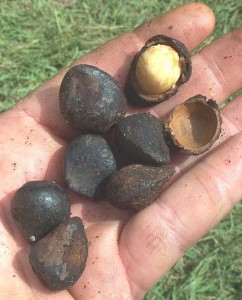 Picture 3 – Brosimum alicastrum Image
Picture 3 – Brosimum alicastrum Image
Source – backyardnature.net
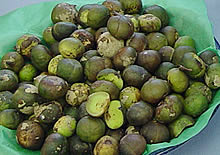 Picture 4 – Brosimum alicastrum Photo
Picture 4 – Brosimum alicastrum Photo
Source – new-ag.info
References:
https://apps.worldagroforestry.org/treedb/AFTPDFS/Brosimum_alicastrum.PDF
https://pfaf.org/user/Plant.aspx?LatinName=Brosimum+alicastrum
http://en.wikipedia.org/wiki/Brosimum_alicastrum
https://apps.worldagroforestry.org/treedb/AFTPDFS/Brosimum_alicastrum.PDF
https://www.thoughtco.com/brosimum-alicastrum-maya-breadnut-tree-170191
- by Tuhin Das
- September 28th 2011

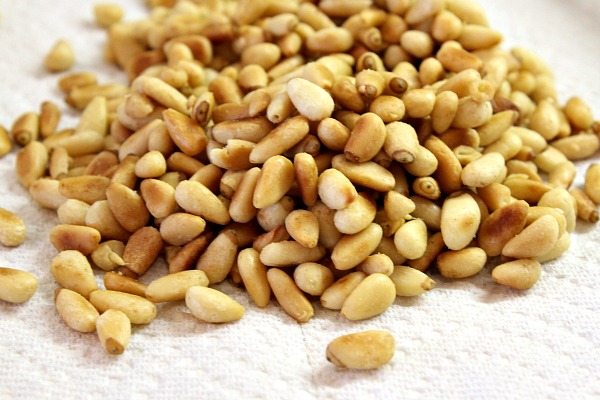

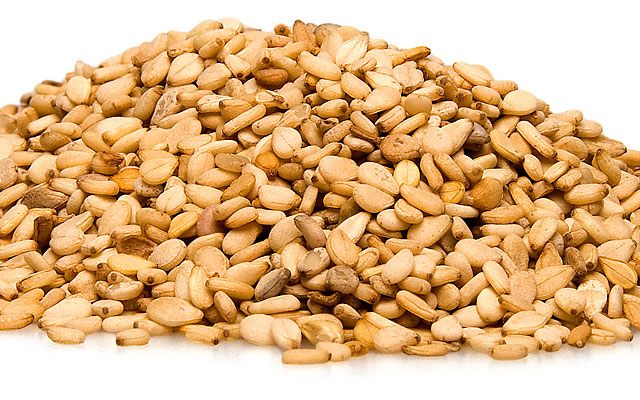
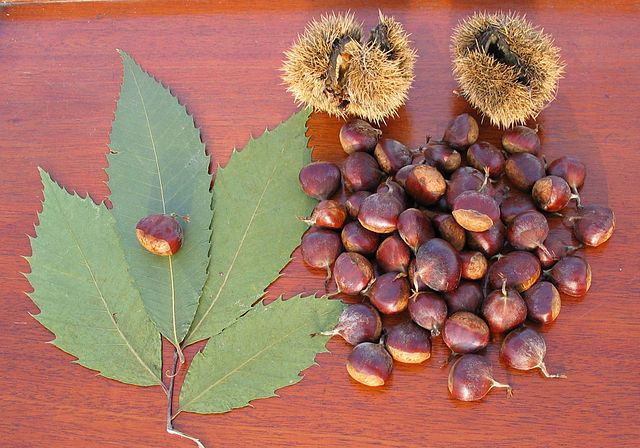
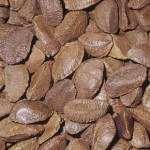
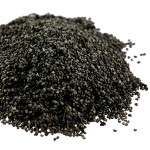
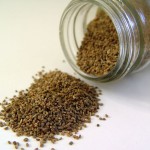
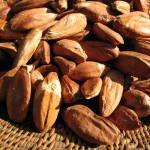
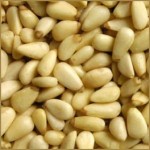
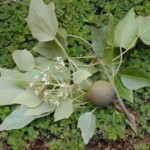
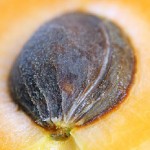
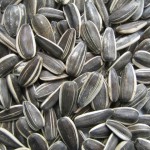
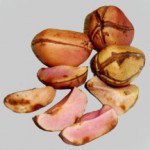
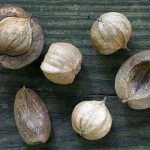





Leave a Reply